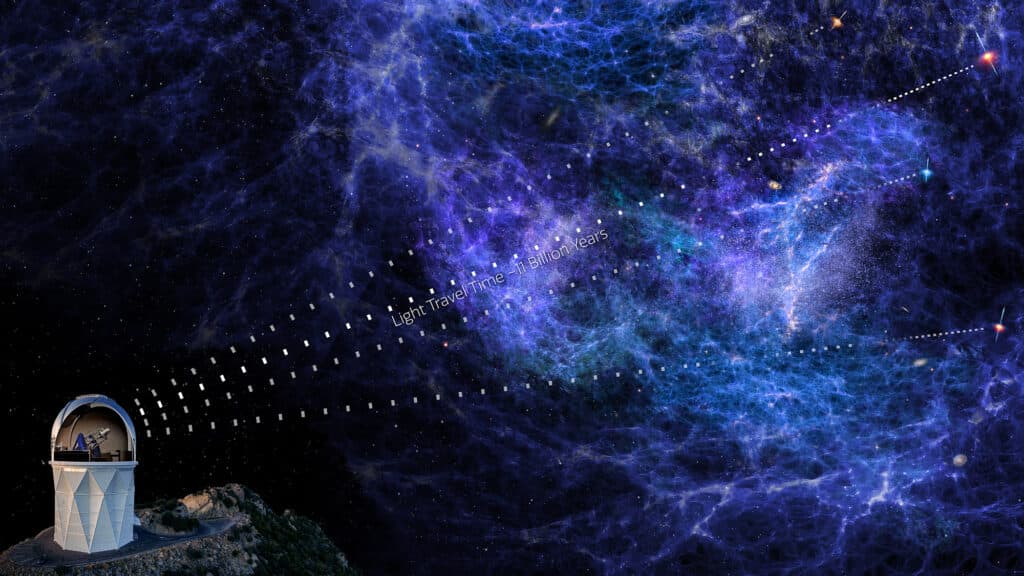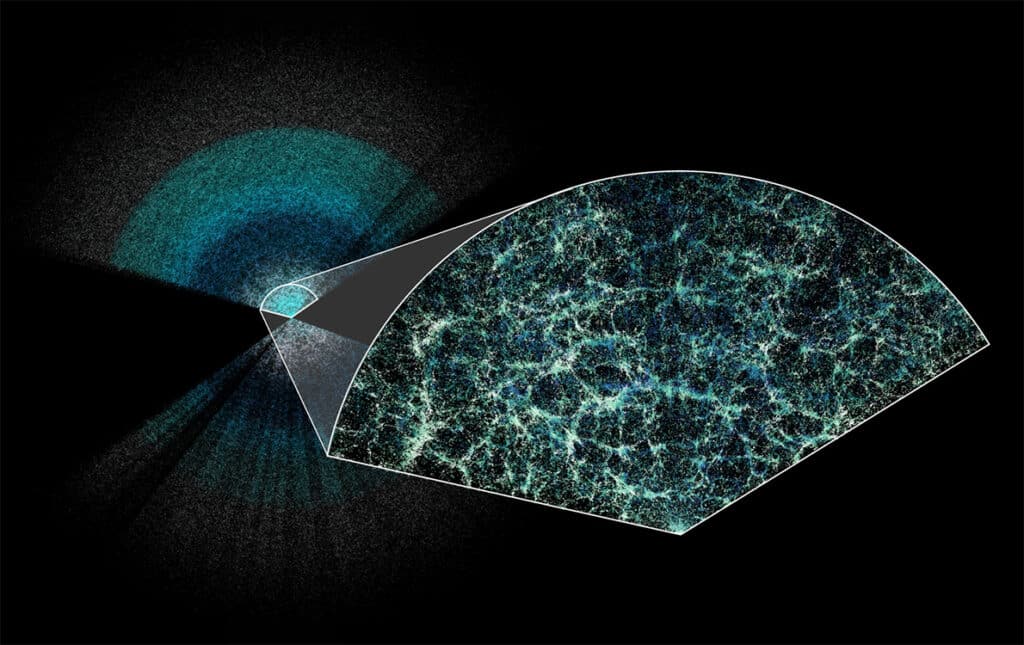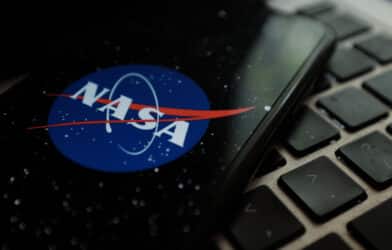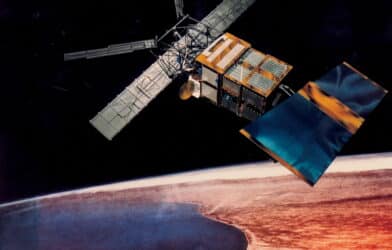In a revolutionary scientific endeavor, researchers are using 5,000 miniature robots perched atop a mountaintop telescope to peer an astonishing 11 billion years into the past. This cutting-edge instrument, known as the Dark Energy Spectroscopic Instrument (DESI), is capturing light from distant objects in space, allowing scientists from the Lawrence Berkeley National Laboratory to map our cosmos as it was in its infancy and trace its evolution to the present day.
Why is this so important? Understanding how our universe has evolved is intrinsically linked to predicting its ultimate fate and unraveling one of the biggest mysteries in physics: dark energy. This enigmatic force is causing our universe to expand at an ever-increasing rate, and DESI is providing us with unprecedented insights into its effects over the past 11 billion years.
DESI has created the largest and most precise 3D map of our cosmos ever constructed, enabling scientists to measure the expansion history of the young universe with a precision better than 1 percent for the first time. This unparalleled view of the universe’s evolution is shedding light on the interplay between matter, dark matter, and dark energy in shaping the cosmos.

“We’re incredibly proud of the data, which have produced world-leading cosmology results and are the first to come out of the new generation of dark energy experiments,” says project manager Michael Levi, DESI director and a scientist at the Department of Energy’s Lawrence Berkeley National Laboratory (Berkeley Lab), in a media release. “So far, we’re seeing basic agreement with our best model of the universe, but we’re also seeing some potentially interesting differences that could indicate that dark energy is evolving with time. Those may or may not go away with more data, so we’re excited to start analyzing our three-year dataset soon.”
The current leading model of the universe, known as Lambda CDM, includes both cold dark matter (CDM) and dark energy (Lambda). While matter and dark matter slow down the expansion of the universe, dark energy accelerates it. The delicate balance between these components determines the universe’s evolution. DESI’s first-year results, when combined with data from other studies, hint at subtle differences from the predictions of Lambda CDM. As DESI continues its five-year survey, gathering more data, these early results will become more precise, potentially revealing the need for updates to our current understanding of the universe.
“No spectroscopic experiment has had this much data before, and we’re continuing to gather data from more than a million galaxies every month,” explains Nathalie Palanque-Delabrouille, a Berkeley Lab scientist and co-spokesperson for the experiment. “It’s astonishing that with only our first year of data, we can already measure the expansion history of our universe at seven different slices of cosmic time, each with a precision of 1 to 3 percent. The team put in a tremendous amount of work to account for instrumental and theoretical modeling intricacies, which gives us confidence in the robustness of our first results.”
DESI’s map reveals the underlying structure of the universe, with galaxies clustered together in strands, separated by voids with fewer objects. This pattern is a remnant of the early universe, where tiny fluctuations in the hot, dense soup of subatomic particles created pressure waves, moving the baryons (hydrogen and helium nuclei) into ripples. As the universe expanded and cooled, these ripples froze in three dimensions, forming the characteristic separation of galaxies known as Baryon Acoustic Oscillations (BAOs).
Researchers use BAO measurements as a cosmic ruler to determine distances to matter responsible for this faint pattern in the sky. By mapping the BAO bubbles both near and far, scientists can slice the data into chunks, measuring the expansion rate of the universe at different points in its past and modeling the effects of dark energy on that expansion.
“We’ve measured the expansion history over this huge range of cosmic time with a precision that surpasses all of the previous BAO surveys combined,” notes Hee-Jong Seo, a professor at Ohio University and the co-leader of DESI’s BAO analysis. “We’re very excited to learn how these new measurements will improve and alter our understanding of the cosmos. Humans have a timeless fascination with our universe, wanting to know both what it is made of and what will happen to it.”
DESI is also using quasars, extremely distant and bright galactic cores with black holes at their centers, to map pockets of dense matter and extend BAO measurements even further into the past.
“We use quasars as a backlight to basically see the shadow of the intervening gas between the quasars and us,” says Andreu Font-Ribera, a scientist at the Institute for High Energy Physics (IFAE) in Spain who co-leads DESI’s Lyman-alpha forest analysis. “It lets us look out further to when the universe was very young. It’s a really hard measurement to do, and very cool to see it succeed.”
As DESI continues its groundbreaking work, it is paving the way for future sky surveys and potential upgrades that will further deepen our understanding of the universe.
“We are in the golden era of cosmology, with large-scale surveys ongoing and about to be started, and new techniques being developed to make the best use of these datasets,” concludes Arnaud de Mattia, a researcher with the French Alternative Energies and Atomic Energy Commission (CEA) and co-leader of DESI’s group interpreting the cosmological data. “We’re all really motivated to see whether new data will confirm the features we saw in our first-year sample and build a better understanding of the dynamics of our universe.”













